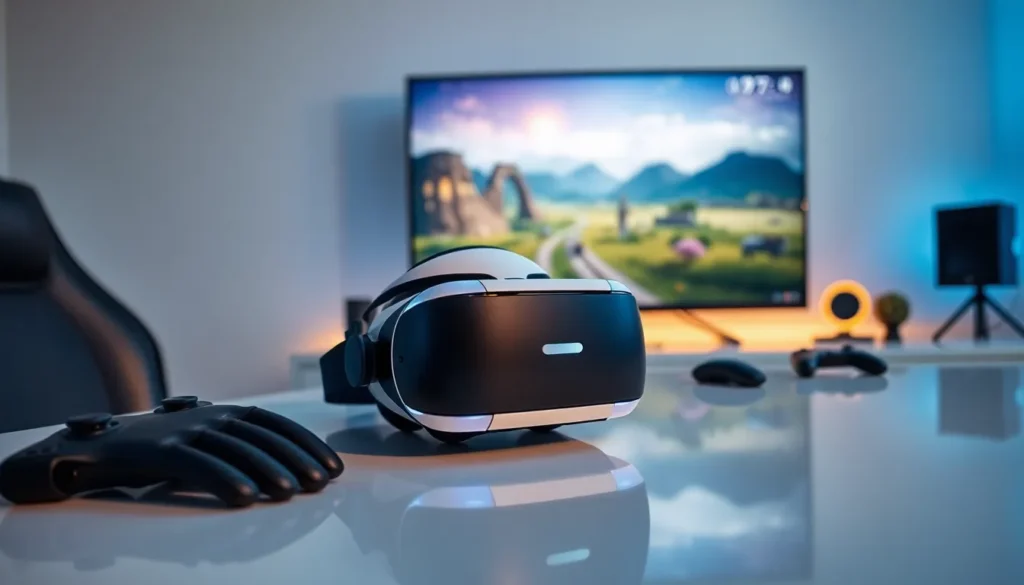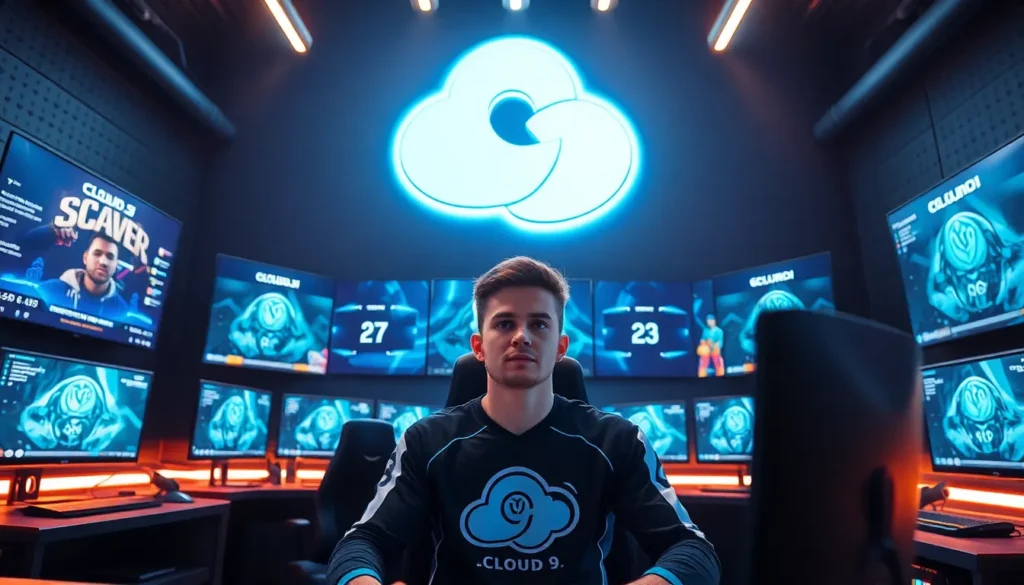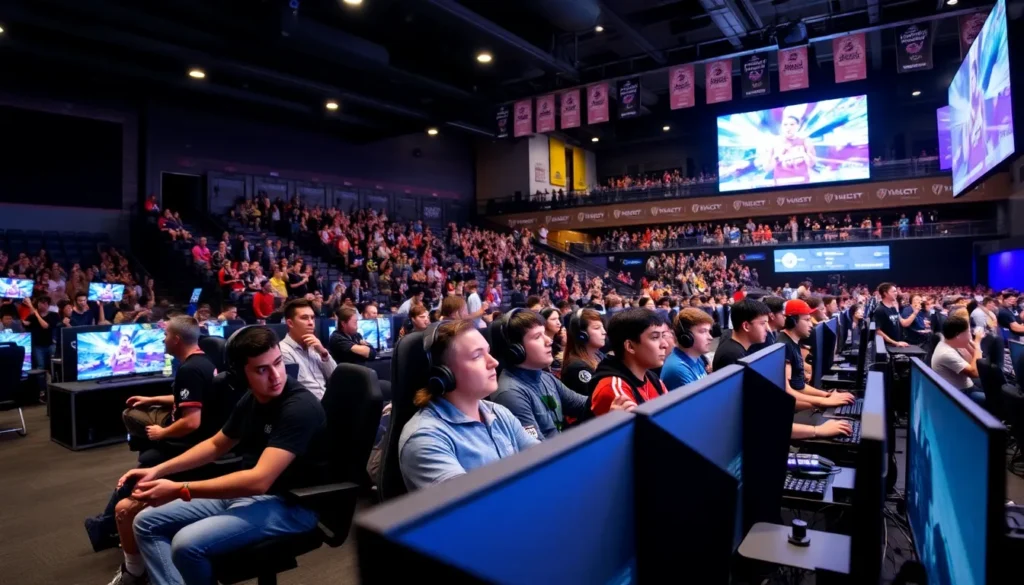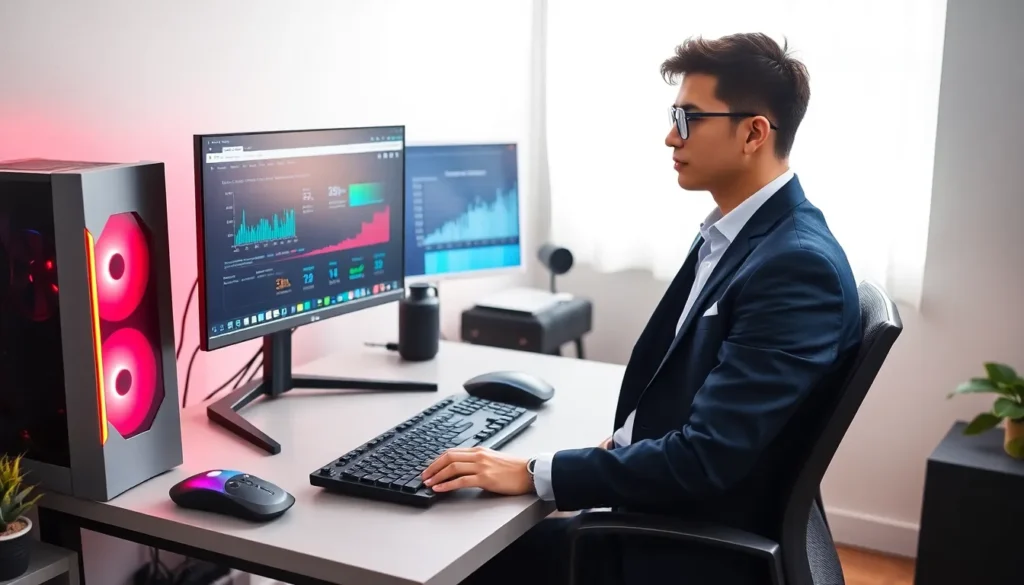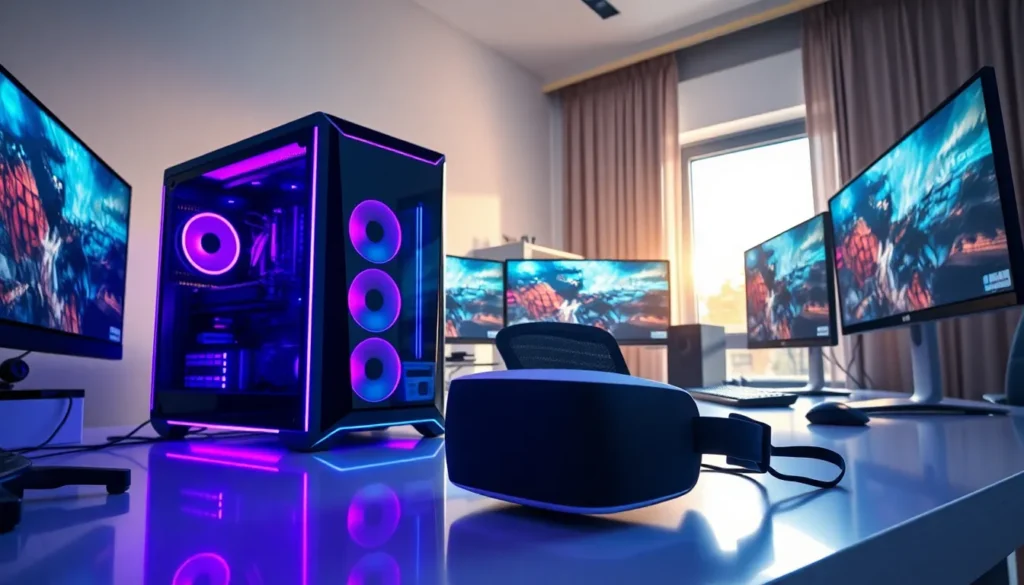Table of Contents
ToggleIn a world where gaming is rapidly evolving, having a VR ready gaming PC is like owning a magic carpet – it takes you to incredible new realms. Sure, you could still play those retro games, but why settle when you can dive headfirst into worlds that flutter and swirl around you? If you’re here, you probably want to empower that hobby with the best tech on the market. So buckle up, grab your virtual goggles, and let’s explore how to make your gaming experience not just good, but downright epic.
What Is a VR Ready Gaming PC?
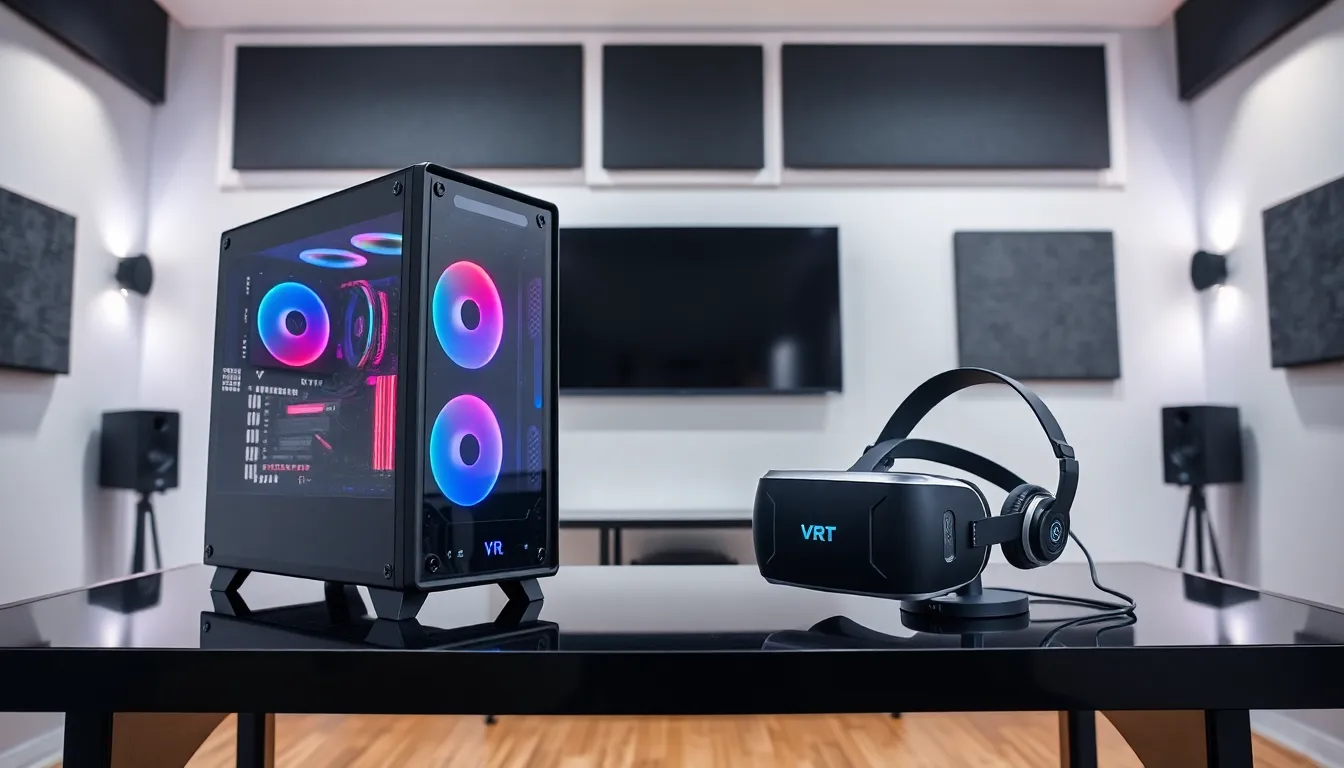
Virtual reality (VR) is more than just a flashy gimmick. A VR ready gaming PC is specifically designed to handle the demanding graphics and processing requirements that VR games impose. Unlike regular gaming PCs, these machines pack the hardware needed to create immersive experiences that put players right in the action. Think of it as your personal portal to alternate realities, complete with visual fidelity that’s nothing short of mesmerizing.
Now, while you might be tempted to think any good gaming rig can handle VR, that’s simply not the case. The main difference lies in the capability to produce high frame rates and low latency, which are critical for a seamless VR experience. To keep it simple: a VR ready PC is one that won’t make you feel nauseous while you’re fighting dragons in a virtual landscape.
Key Components of a VR Ready Gaming PC
Building or buying a VR ready gaming PC? It’s essential to focus on a few key components:
Minimum and Recommended Specs for VR Gaming
To get started, let’s break down the specs. VR gaming demands at least a decent graphics card and CPU. Minimum specs typically include:
- Graphics Card: NVIDIA GTX 1060 or AMD Radeon RX 480
- CPU: Intel i5-4590 or AMD Ryzen 5
- RAM: At least 8GB
- Storage: SSD recommended for faster loading times
If you want the golden ticket, aim for:
- Graphics Card: NVIDIA RTX 2060 or AMD Radeon RX 5700
- CPU: Intel i7-8700 or AMD Ryzen 7
- RAM: 16GB minimum
- Storage: 500GB SSD
How to Choose the Right Graphics Card
The graphics card is arguably the heart of your VR setup. It determines how well your games will run and how vivid the environments will look. Brands like NVIDIA and AMD lead the charge, with options ranging from budget-friendly to top-of-the-line cards capable of 4K VR gaming. Always check compatibility with your chosen VR headset: not all cards will work optimally with every system.
CPU Considerations for VR Performance
Your CPU needs to keep pace with the graphics card. While many gamers overlook this, a powerful CPU ensures seamless performance in resource-heavy environments. Look for multi-core processors that can handle simultaneous tasks without hiccups. Think of it as the conductor of an orchestra: it needs to manage everything beautifully.
Importance of RAM and Storage
Storage and RAM can make or break your VR experience. Insufficient RAM leads to stuttering, while inadequate storage affects load times. Aim for at least 16GB of RAM and an SSD for that sweet loading speed. If you enjoy a variety of games, plenty of space is essential: you don’t want to be deleting classic titles just to make room for the latest release.
Setting Up Your VR Ready Gaming PC
So, you’ve got your shiny new VR ready gaming PC. Now what? Let’s ensure you get everything set up correctly.
Selecting the Best VR Headset for Your Setup
First off, pick a headset that matches your gaming style and setup. Popular choices include the Oculus Quest 2, HTC Vive, and Valve Index. Hardware specifications, comfort, and tracking capabilities vary widely, so consider those factors. You wouldn’t wear roller skates to a ski resort, right? The headset should feel like an extension of your being.
Installing and Configuring Your VR Environment
Once you’ve got the right headset, the next step is installation. Follow the manufacturer’s guidelines for setting up the hardware, including sensors and cables. It’s crucial to optimize your play space. Clear any obstructions – the last thing you want is to trip over your game chair mid-race.
Optimizing Performance for VR Gaming
With everything in place, it’s time to fine-tune your gaming experience.
Tips for Enhancing Your VR Experience
Begin by updating your graphics drivers. The latest updates can drastically improve performance and fix glitches. Also, adjust the in-game graphics settings to match your hardware capabilities: if you’re experiencing lag, dial it back a bit.
Plus, consider using a wired connection for your headset instead of Wi-Fi to reduce latency. Keep that play area clutter-free and invest in VR accessories like stand-alone audio solutions for a more immersive sensory experience.
Maintaining Your VR Ready Gaming PC
Like any finely-tuned machine, your VR ready gaming PC requires regular maintenance.
Start by performing routine updates on your software and drivers. Dust can be a killer, so clean your PC’s internals periodically. Overheating can throttle performance. Ensure that your system is well-ventilated. If you notice performance dips, consider revisiting your settings or updating your hardware as necessary.

